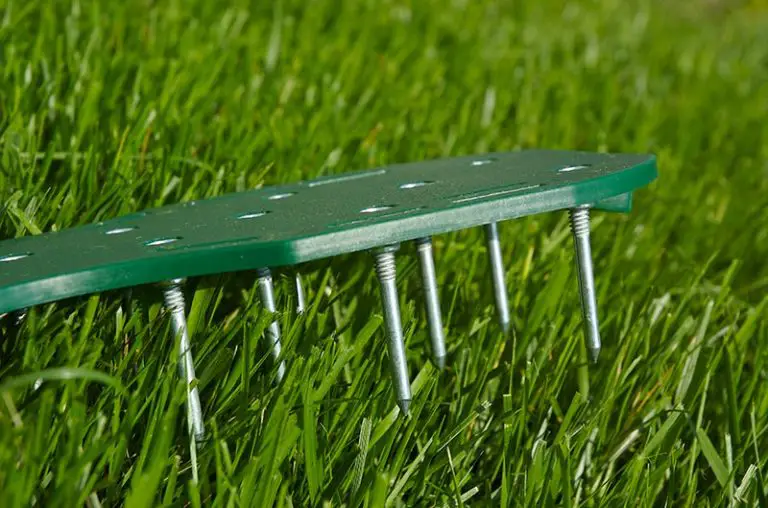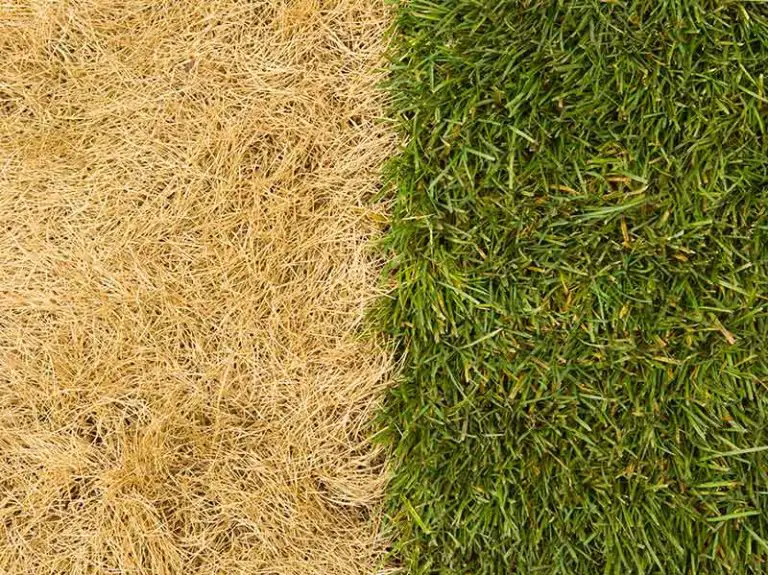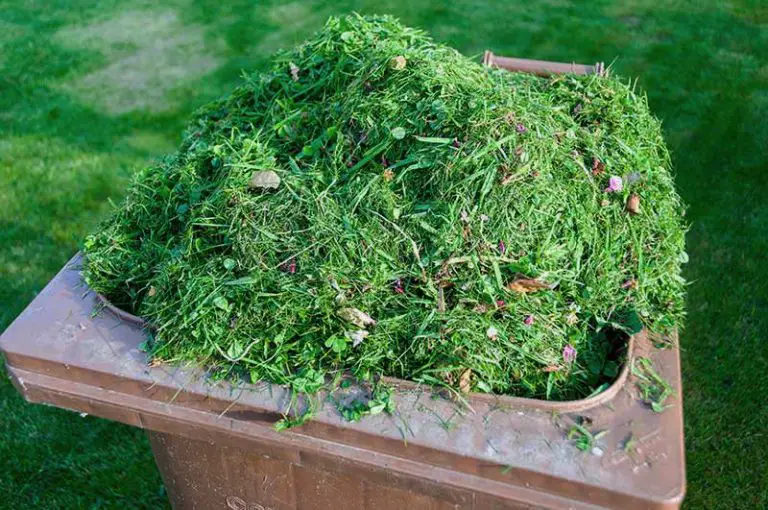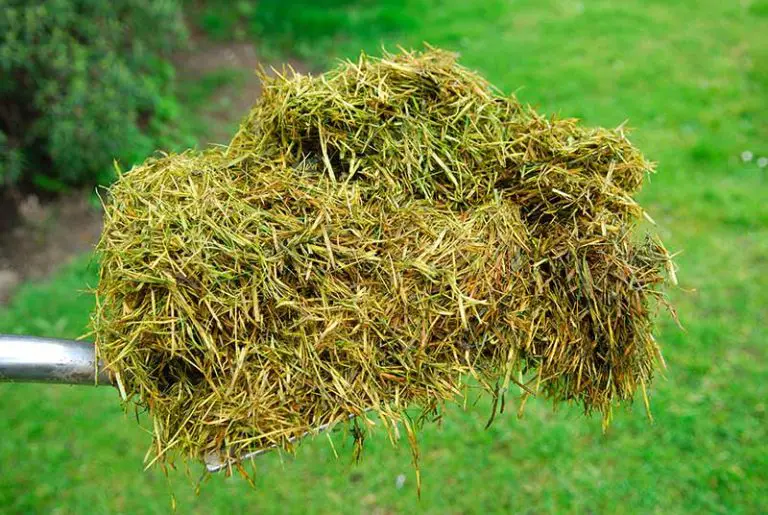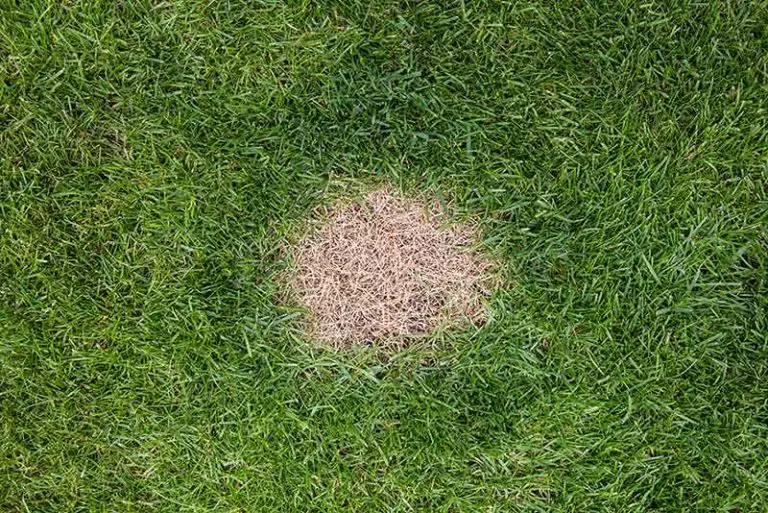Should You Aerate Lawn Before or After Rain?
Aerating a lawn can become an ordeal if you are unprepared and unaware of the many steps that can be taken to complete it. Aeration is an important part of lawn maintenance, and it has many benefits and disadvantages relating to the practice.
Knowing whether to aerate your lawn before or after rain is one tidbit of information which can help the process move along much more smoothly. Whilst you may think aerating a wet lawn may be beneficial, it’s actually better to aerate a dry lawn a day or two after rainfall, when it is only somewhat damp.
What is Aerating?
Aerating refers to the technique of perforating the surface of the topsoil in order to allow air, nutrients and water to reach the roots of the grass much more easily. It’s best done sporadically, either once in the spring or once in the fall, to ensure that the grass is as healthy as it can be, particularly during times of intense weather which may see it damaged otherwise.
Why Should I Aerate My Lawn?
Aerating your lawn has many benefits, and will increase the health and wellbeing of your lawn. It does this by providing the roots of your lawn more access to air, water and nutrients that would otherwise be discarded due to the topsoil blocking them.
Aerating your lawn can make it thicker, which allows for it to fend off disease more effectively. Root health is also essential to your lawn’s defense system, meaning that it’s vital to allow your grass’ roots to have access to additional air, nutrients and water every now and then.
Aerating is often done alongside dethatching, in order to maintain and care for the lawn’s roots. Sometimes dethatching needs to be completed before aerating, due to the layer of thatch that may be lurking above the topsoil.
How do you Aerate a Lawn?
Aerating a lawn can be done in numerous ways to increase the flow of essential nutrients to a lawn.
In order to aerate a lawn, you will need tools that are able to perforate the topsoil adequately and evenly. There are two main types of tools to choose from, known as plug aerators and spike aerators. Plug aerators are considered superior, as they remove a small section of soil as opposed to simply poking a hole in it, but they are sometimes more expensive.
Knowing how to aerate a lawn will improve your lawn’s health and general aesthetic drastically.
- Make sure to aerate a damp lawn. A damp lawn is much easier to aerate as the soil is less likely to become compacted or struggle to separate. It’s often best to aerate a day or two after rainfall.
- You may need to make multiple perforations around the garden, as most aeration machines won’t cover the full size of the lawn.
- Excavated soil plugs should be run over with a lawn mower after aeration once they have dried, to break them up and give the lawn a neater appearance.
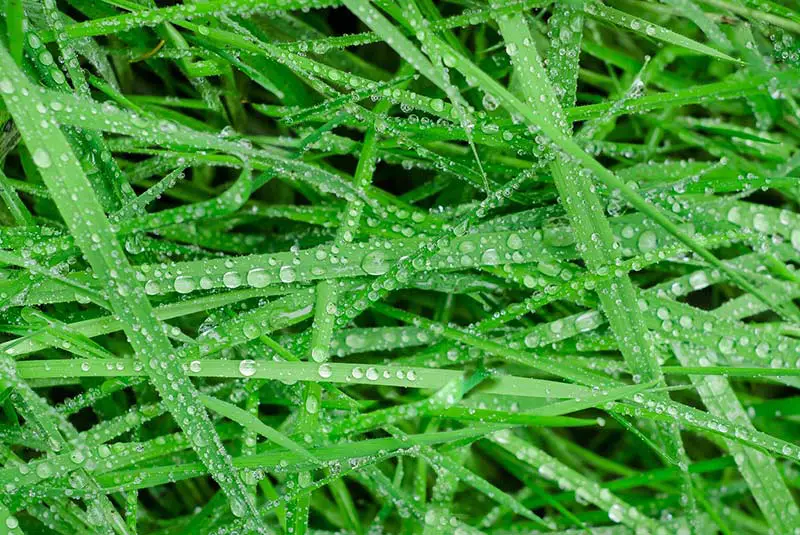
Aerating Before or After Rain?
Due to the nature of aeration, the soil needed should be soft enough to penetrate, or soft enough to be excavated by a plug device. As a result, it’s important that aerating is completed when the soil is damp, but not wet. A slightly damp soil will be able to be punctured or excavated more effectively than hard and dry soil. It will also not crumble or misalign in a way that wet, soaking soil would do.
As a result, it’s best to aerate a lawn after rain, when the water has begun to dry up, but the soil is still somewhat moist.
How To Care for Lawn After Aerating
Aerating should be a part of a regular maintenance regime when it comes to lawn care. To maximize the effects of aeration, make sure to fertilize your lawn as recommended, and ensure that it is dethatched to ensure breathability and mowed at an appropriate height.
Final Thoughts
Aerating a lawn is a simple task providing the tools used are correct and up to the job. Knowing when to aerate your lawn can easily change the process and effectiveness of the aeration process. It’s better to aerate when the soil is damp but not wet, just enough to allow holes and plugs to be made within the soil without damaging the foundation much.

